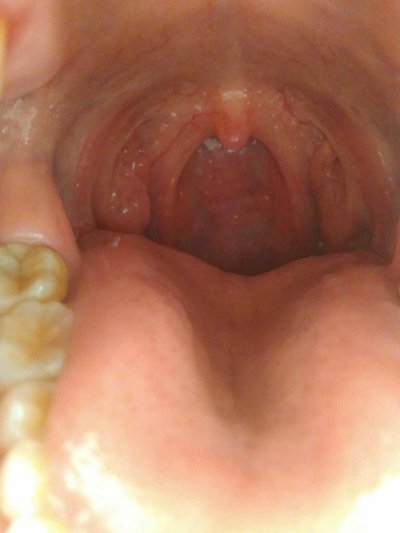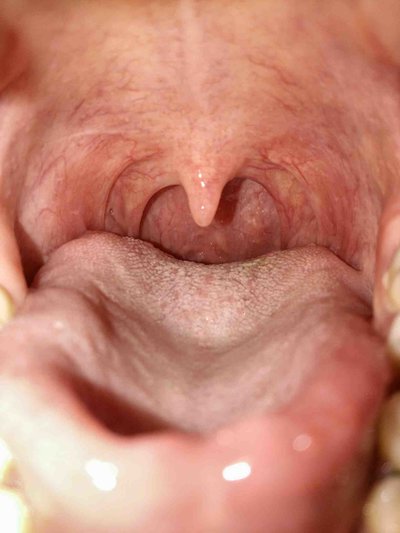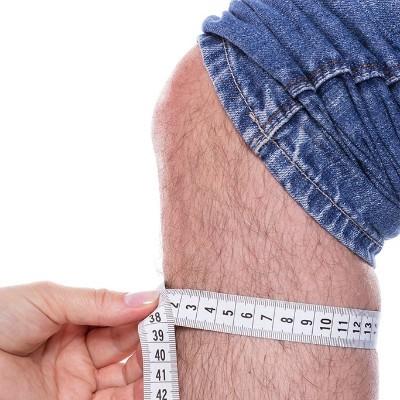How should congenital laryngeal web be treated?
summary
There is a congenital membrane between the laryngeal cavity, which is called congenital laryngeal web. When the embryo is 30 mm, the closed epithelium between the arytenoid of the protoglottis begins to absorb and re-establish the duct. If the absorption is not complete, the congenital laryngeal web of the glottis may be formed. How should congenital laryngeal web be treated? Next, I'd like to share my views with you.
How should congenital laryngeal web be treated?
If asphyxia occurs in the newborn with laryngeal web, the infant type rigid bronchoscope should be inserted into the trachea immediately under the direct laryngoscope, and the secretions should be inhaled, and oxygen and artificial respiration should be given. The therapeutic effect is quite good. Therefore, the laryngeal web tissue is not completely fibrotic, and it is no longer formed after expansion by the bronchoscope.
For patients with dyspnea or hoarseness, the webbed membrane should be removed by laryngeal knife or electrocautery under direct laryngoscope. This method often requires postoperative expansion, otherwise it is easy to relapse. In recent years, the laryngeal web was resected by laser under the micro laryngoscope, and the laryngeal dilation was not needed after the operation. Patients with small laryngeal web and no obvious symptoms may not be treated.

Laryngologists should cooperate in examination, treatment and follow-up to prevent missed diagnosis and delayed treatment of secondary laryngeal web. Due to thick adhesion and more bleeding, the baseline of vocal cord and membrane must be distinguished before operation. Laser or microwave has better hemostatic effect, but the burning surface should not be wide or deep, so as not to cause postoperative re adhesion. Systemic or local hormone application has a certain effect on reducing adhesion, It is easy to diagnose the traumatic laryngeal web with multiple laryngeal surgeries. The glottic adhesions of the primary lesions are often removed after surgery, and the adhesions range to the joint development of subglottic and retroglottic. The more difficult the operation is, the more difficult the operation is. Therefore, prevention is the key. It is suggested that the operator should move gently during laryngeal surgery, do not damage the area too wide, and do not damage the joint before, Laser or microwave treatment do not pay attention to shorten the time of patient review, grasp the best opportunity of operation, may reduce the chance of recurrence.

matters needing attention
Fresh fruits and vegetables to absorb vitamin C and bioflavonoids; Herbs and condiments that reduce congestion, such as elderberry, thyme and ginger. Whole grains and beans to get vitamin B; Shellfish and nuts to get zinc; Sunflower seed and seed oil to absorb vitamin E; Garlic and onion;














